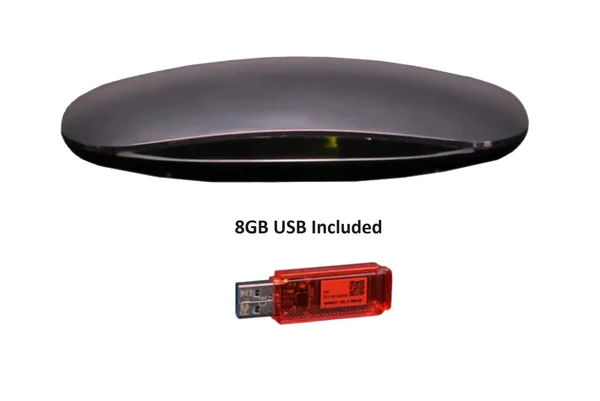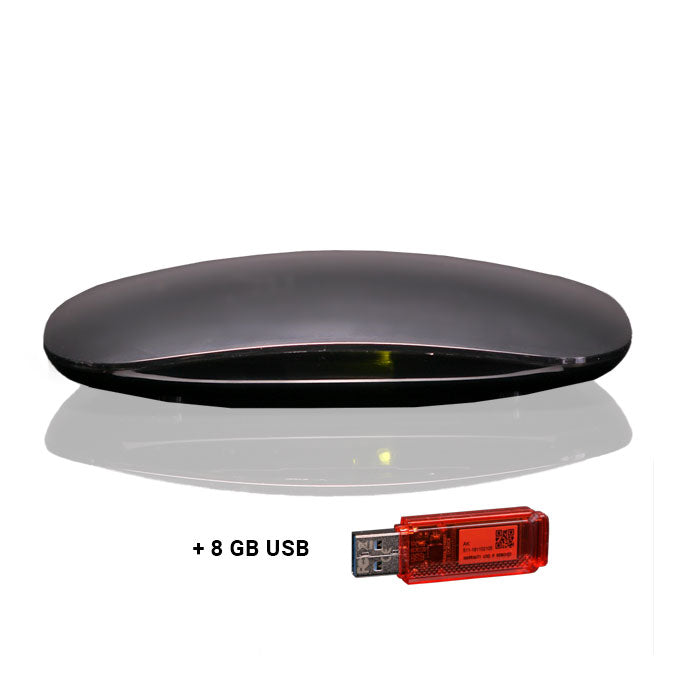
An HDTV DVR is a device that allows users to record high-definition television broadcasts for later viewing. It functions similarly to traditional video recorders but offers higher resolution, better storage options, and advanced features such as pause, rewind, and fast-forward capabilities. Unlike standard DVRs, an HDTV DVR ensures that users can experience their favorite shows in crystal-clear quality without loss of detail.
This device is an essential tool for those who want to enjoy content without being restricted by broadcast schedules. It also eliminates the need for bulky VHS tapes or unreliable DVD recordings. Many modern HDTV DVRs come with built-in smart TV features, providing easy access to streaming services alongside traditional broadcast recording.
Benefits of Using an HDTV DVR
An HDTV DVR provides numerous advantages for television enthusiasts. The primary benefit is the ability to record live TV and watch it later at a convenient time. This feature is particularly useful for busy individuals who may not always be available to watch their favorite programs as they air.
Another key advantage is the ability to pause and rewind live television. If you miss an important moment, you can simply rewind and watch it again. Some HDTV DVRs even allow instant replay at different speeds. Additionally, these devices often come with user-friendly interfaces and customizable recording options, ensuring that users can tailor their experience to their preferences.
How Does an HDTV DVR Work?
An HDTV DVR records digital TV broadcasts onto an internal hard drive or an external storage device. The process starts when the user schedules a recording or presses the record button while watching live TV. The DVR captures the broadcast signal and stores it in high definition, preserving both the audio and visual quality.
Some HDTV DVRs include dual tuners, allowing users to record one program while watching another. Others offer cloud storage, enabling remote access to recorded content from multiple devices. These features make HDTV DVRs a flexible and convenient choice for television viewing.
Key Features to Look for in an HDTV DVR
When choosing an HDTV DVR, several key features should be considered. First, storage capacity is crucial. A larger hard drive allows for more recordings without the need to delete old content frequently.
Another important factor is the number of tuners. More tuners mean greater flexibility in recording multiple programs simultaneously. Additionally, features such as commercial skipping, parental controls, and built-in streaming services enhance the overall experience. It is also worth considering whether the device supports 4K recordings, as more content is becoming available in ultra-high definition.
Standalone HDTV DVR vs. Cable DVR
A standalone HDTV DVR is an independent device that does not require a cable subscription. It connects directly to an antenna or streaming service, making it a cost-effective option for those looking to cut the cord. These devices typically offer one-time purchase options without monthly fees.
Cable DVRs, on the other hand, are provided by cable companies and often come with recurring subscription costs. While they offer seamless integration with cable programming, they can be more expensive in the long run. The choice between these options depends on the user’s viewing preferences and budget.
HDTV DVR and Streaming Services
Many modern HDTV DVRs are designed to integrate with streaming platforms, offering users a hybrid viewing experience. This means that users can record live TV while also having access to on-demand content from popular streaming services.
Some models allow direct app installation, turning the DVR into an all-in-one entertainment hub. Others offer cloud-based recording, enabling users to watch their saved content on multiple devices. These features make HDTV DVRs an attractive option for those who want the best of both traditional and modern entertainment.
HDTV DVR and Over-the-Air Broadcasts
An HDTV DVR can be used with an over-the-air (OTA) antenna to record local broadcasts without a cable subscription. This setup provides access to major networks like ABC, CBS, NBC, and Fox, all in high definition.
With an OTA HDTV DVR, users can enjoy live sports, news, and primetime shows without monthly fees. This makes it an ideal solution for cord-cutters looking for high-quality content without relying on cable providers.
How to Set Up an HDTV DVR
Setting up an HDTV DVR is a straightforward process. First, connect the device to your TV using HDMI or other supported connections. If using an OTA antenna, ensure it is properly installed and positioned for the best signal reception.
Next, connect the DVR to your home network if internet access is required for streaming or software updates. Finally, configure the settings according to your preferences, including recording schedules and playback options. With proper setup, you can start enjoying the convenience of recording and watching shows on your terms.
Storage Capacity and Expansion Options
Storage capacity is a critical consideration when choosing an HDTV DVR. Most models come with built-in hard drives ranging from 500GB to several terabytes. A larger storage capacity allows for more recordings, which is particularly useful for households with multiple users.
Some DVRs also offer external storage options, allowing users to expand their capacity with USB drives or cloud storage services. Choosing a device with flexible storage solutions ensures that you never have to delete your favorite shows to make space for new ones.
HDTV DVR for Sports Enthusiasts
Sports fans can benefit greatly from an HDTV DVR. These devices allow users to record live games and rewatch key moments at their convenience. Some models even offer slow-motion replay and highlight extraction features.
Additionally, sports channels often broadcast games at inconvenient times due to different time zones. An HDTV DVR ensures that fans never miss an important match, allowing them to watch whenever they want.
Troubleshooting Common HDTV DVR Issues
Users may occasionally encounter issues with their HDTV DVR. One common problem is recording conflicts, which occur when too many programs are scheduled at the same time. This can be resolved by adjusting recording priorities or using a multi-tuner DVR.
Another common issue is storage limitations. If the DVR runs out of space, users may need to delete older recordings or upgrade their storage capacity. Keeping software up to date and performing regular maintenance can also help prevent technical glitches.
FAQ
Can I use an HDTV DVR without a cable subscription?
Yes, many HDTV DVRs work without a cable subscription by using an over-the-air antenna. These devices allow users to record local broadcasts and access free HD channels. Some models also integrate with streaming services, providing a complete entertainment solution without recurring fees.
What is the best storage size for an HDTV DVR?
The ideal storage size depends on individual recording needs. A 500GB drive can store about 75 hours of HD content, while larger drives can store several hundred hours. If storage is a concern, consider a model with expandable memory options.
Can I record streaming content with an HDTV DVR?
Most HDTV DVRs are designed for recording live TV broadcasts rather than streaming content. However, some models offer cloud-based recording features that integrate with streaming services. Check the specifications of your DVR to see if it supports streaming recordings.